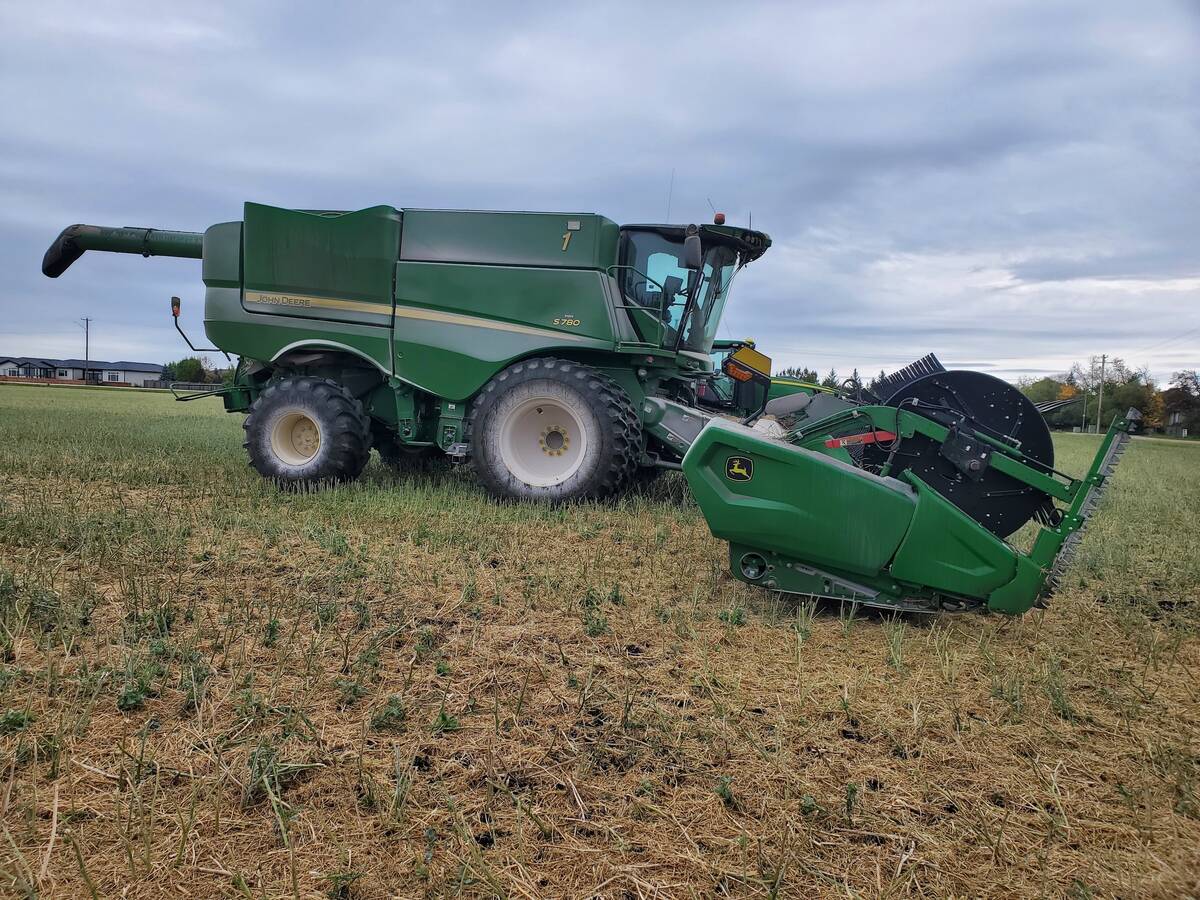Waterlogged land and soggy prices prompted many farmers to put aside plans to seed durum this spring.
Statistics Canada reports farmers planted almost 15 percent less durum than they intended when surveyed in March.
“I think the message got out to Canadian producers that they needed to cut back on acres,” said Mike Jubinville, analyst with Pro Farmer Canada.
He saw the cut as slightly positive for durum markets, explaining durum could retain its traditional premium over hard spring wheat.
Large world supplies and a burdensome acreage in the United States spurred by a lucrative insurance program had pushed projections for durum prices below spring wheat estimates.
Read Also

Powdery mildew can be combine fire risk
Dust from powdery mildew can cause fires in combines.
Dave Reimann, analyst with Growers’ Marketing Services, said the lower Canadian acres takes away the sting of the increase in U.S. durum acres.
“I don’t know if it’s enough at this stage to create a durum rally,” he said.
The USDA pegged durum acres at 4.165 million, down slightly from the 4.27 million estimated in March, but higher than trade expectations of 3.976 million.
Some market watchers predicted Canadian farmers would eventually plant up to 500,000 acres more barley than intended because of wet weather.
But the Statistics Canada report poured cold water on that prognostication.
That doesn’t mean farmers should expect a rally in barley, said Jubinville.
Barley prices are based on the North American market, where there is ample year end supplies of feed grains and no serious production troubles in sight.
Cattle inventories are also declining, noted Jubinville, meaning fewer mouths to feed.
Barley will be priced relative to the import value of corn, he said. While there is some potential for corn prices to slowly start moving higher, farmers shouldn’t expect overnight improvement, said Jubinville.
Analysts were surprised at Statistics Canada’s summerfallow estimates.
In Manitoba, the report points to a total of 1.3 million acres left unplanted, almost triple last year’s summerfallow acreage, and 850,000 acres more than farmers planned in March.
But in Saskatchewan, Statistics Canada found summerfallow acres will stay at last year’s total of 9.6 million acres, 600,000 acres more than farmers planned in March.
“That’s where the question mark start to arise,” said Jubinville.
The agency’s survey was done at the end of May, and may not have captured last-minute planting, he said. Yet, he doesn’t expect major revisions in the next report, due Aug. 26.
Analysts noted weather will play a much bigger role in price direction than the two acreage survey reports released last week.
“Weather continues to be the absolute dominant factor in the market and will continue to hold sway for the next two months,” said Jubinville.
Reimann noted markets don’t usually get through the corn pollination stage without a heat scare in the first half of July.
Currency may also become a bigger factor in Canadian grain prices, said Reimann.
The Canadian dollar rose sharply when the U.S. federal reserve hiked its rate, hitting highs of 68.5 cents.
If the dollar moves higher still, it will hurt export values of grains and oilseeds, said Reimann.
















